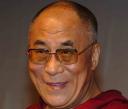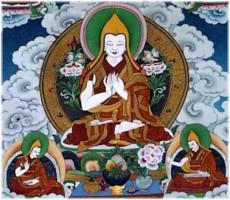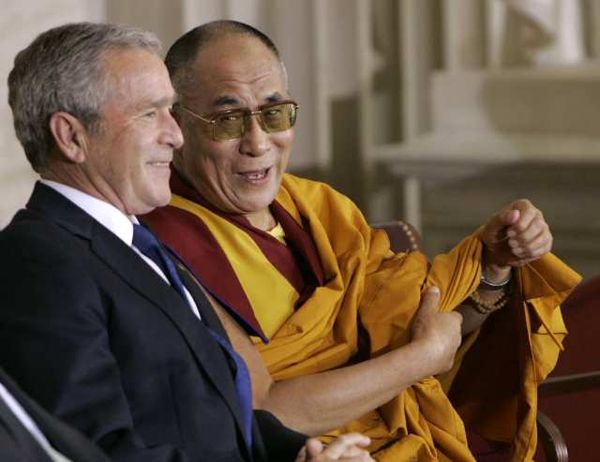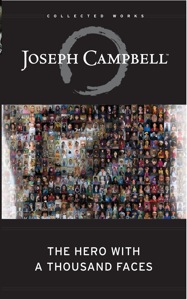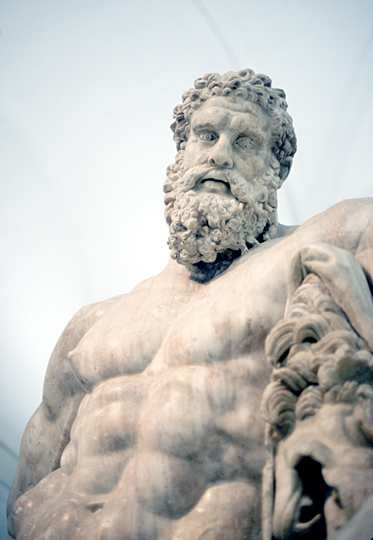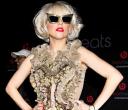USA Today published this opinion piece by Jepson School of Leadership Studies Dean Sandra J. Peart in the current College edition.
Almost 20 years ago, the Jepson School of Leadership Studies opened at the University of Richmond in a bold initiative to teach for and about leadership.
Today, many would claim that the experiment has been a huge success: Leadership is woven into the fabric of campuses across the United States and around the world.
Yet even as additional colleges and universities have opted to teach for and about leadership and citizenship, incivility in public debate – among politicians, journalists, artists and many others who speak publically on various topics – has flourished. Why? Because key public debates take place without reference to any ethical framework.
How is the lack of training in ethical reasoning linked to incivility in public debate? Without a coherent set of arguments in favor of one policy or another, debate descends into insult and innuendo.
We see this in highly emotional reactions to events like the proposed building of an Islamic center near Ground Zero and plans of a pastor of a tiny church in Florida to burn copies of the Koran. Not only are discussions heated, but these matters also raise deep questions about ethical foundations.
So, too, debates about the role of markets and government intervention in society are factionalized. Critics of capitalism rarely hit the mark because arguments fail to provide a clear critique of markets on utilitarian or other grounds. Those who defend markets often rely on efficiency arguments but fail to provide a consistent rationale that gives efficiency ethical weight. And, in the end, debates about capitalism, markets, taxes, income distribution, bail outs and subsidies often turn into claims that one side is right and good and the other side is wrong and bad.
Precisely what Adam Smith worried about – the factionalization of public discourse – is the state of our uncivil times. In 1759, Smith wrote that all people seek approval. More than this, he held that our desire for approval means that we seek the approbation of an impartial spectator: conscience. We want both to be praised and praiseworthy. The key to acting in accord with rules of common civility, of course, is praiseworthiness, acting in such a way as to deserve praise.
For some reason, many who seek public office or to influence public policy and public opinion no longer can abide the other side. Perhaps they never really were civil, but recently the problem of incivility seems to have become more pronounced. Smith suggested that this happens when people join groups, such as political parties, and seek the approval that comes from pleasing one side at the expense of the other. In doing so, in pleasing one side with their wit and debating skills, they cross a line from praiseworthy behavior to sycophancy.
Voluntary exchange is generally mutually beneficial. But if coercion or taking is involved, one person benefits at the expense of another. When people debate in such a way that the point of the debate is only to win or to win by humiliating the other, debate turns from being an exchange of ideas in which both may gain to a zero-sum game we win by disparaging the other. We treat them as if they were unworthy of respect: We seek to humiliate them publicly, we call them names. Disagreements about policy – about what is right and just and about moral worth – play out in increasingly harsh tones.
At such a time, there is a need for another bold educational endeavor: teaching ethics across the curriculum. This sort of educational commitment needs modest resources. Schools and faculty are in place already. What is required is modeling ethics for all to see. On campuses across the country, we must help students learn to manage competing moral claims, which means they must first at least hear and not dismiss the other side.
Though many of the resources are in place, the academy would need substantially to reform itself. Certainly there is more talk on campuses today about collaboration than a couple of decades ago. But we squabble amongst ourselves; we often fail to listen with respect to the other side(s); and we too rarely teach for and about ethics. As a consequence, the young men and women who graduate from colleges and universities have no reason to be other than utterly dismissive of the other side.
At a time when public disagreements play out uncivilly, the academy might take a lead in teaching for and about ethics. Ethics knows no disciplinary boundary. It intersects with the study of the law, leadership, business, government, science, history and civics. It lends itself to practical lessons, internships, doing.
Teaching ethics obviously does not guarantee that university graduates will successfully navigate today's many challenges to ethical decision making. Yet a student who has been given some of the tools to face these challenges and who has tried to put them in play in the "real world," enters the world outside the university with the potential to overcome them successfully and, at a minimum, an appreciation for the sorts of challenges that exist out there. This is why we say "for and about" at Jepson.
It goes without saying that ethics knows no political boundaries. Scandals abound in both parties. Perhaps then the first lesson for the student of ethics is that we are all subject to temptation and so it is important to understand how best to deal with those temptations. Adam Smith was not the first moral theorist to study the effects of various institutional frameworks on ethical decision making; our students will be better served if they think deeply about how ethical choices are influenced by the institutional framework of life.
Sandra J. Peart is an economist and dean of the Jepson School of Leadership Studies at the University of Richmond.
